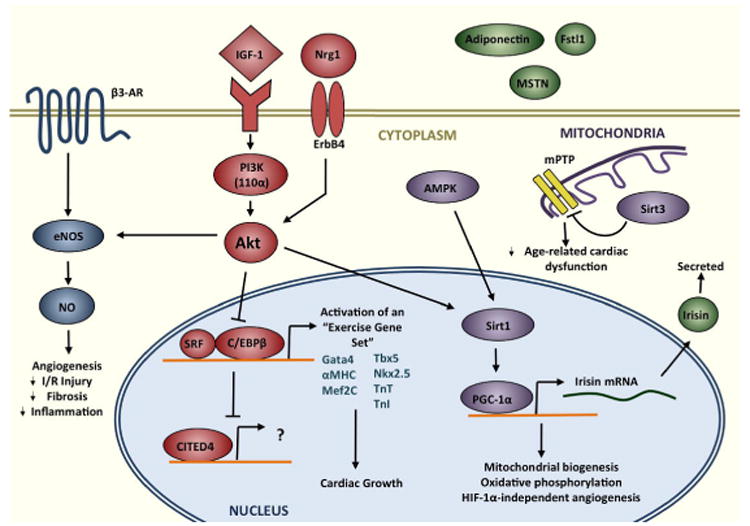Figure 2. Key signaling pathways involved in mediating exercise-induced cardiac remodeling.

Exercise activates the IGF1-PI3K-Akt cascade. Signals then converge at the level of the nucleus, resulting in inhibition of the transcription factor C/EBPβ. Down-regulation of C/EPBβ, in turn, frees SRF to bind target gene promotors, contributing to activation of an “exercise gene set,” and, ultimately, cardiac growth. Meanwhile, activation of CITED4 may drive cardiomyocyte proliferation, as does signaling through Nrg1 and ErbB4. Akt also mediates angiogenesis and vascular remodeling via eNOS, and exerts beneficial metabolic effects through cross-talk with AMPK, Sirt1, and PGC-1α. In mitochondria, Sirt3, which is activated by exercise, works to protect against age-related cardiac dysfunction. Finally, exercise also modulates the secretion of circulating factors, primarily from skeletal muscle and adipocytes, such as adiponectin, myostatin (MSTN), irisin, and Fstl1.
